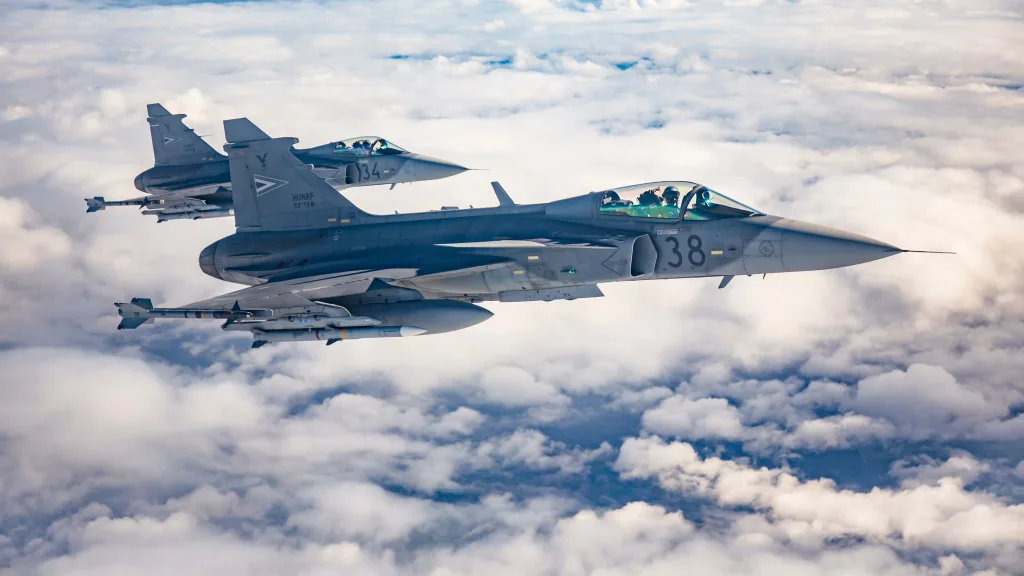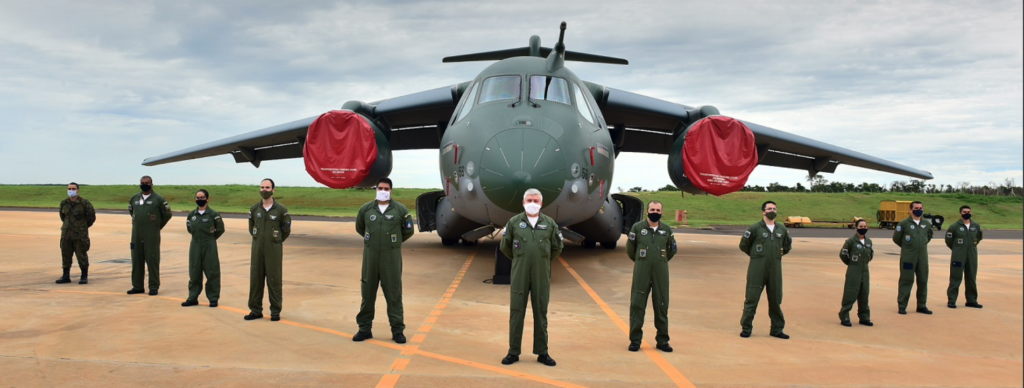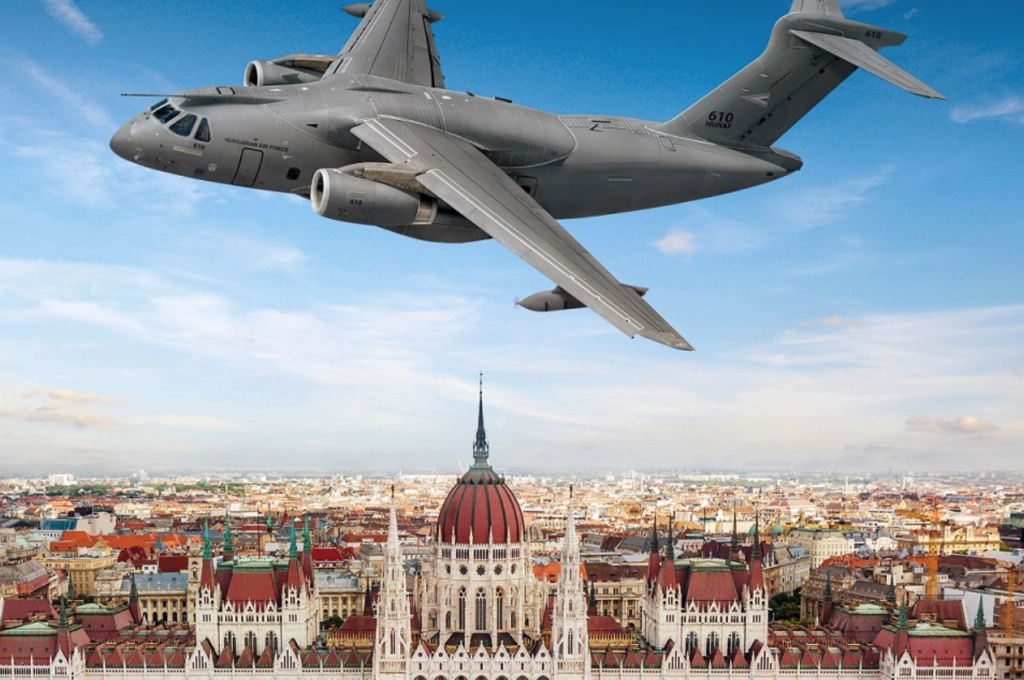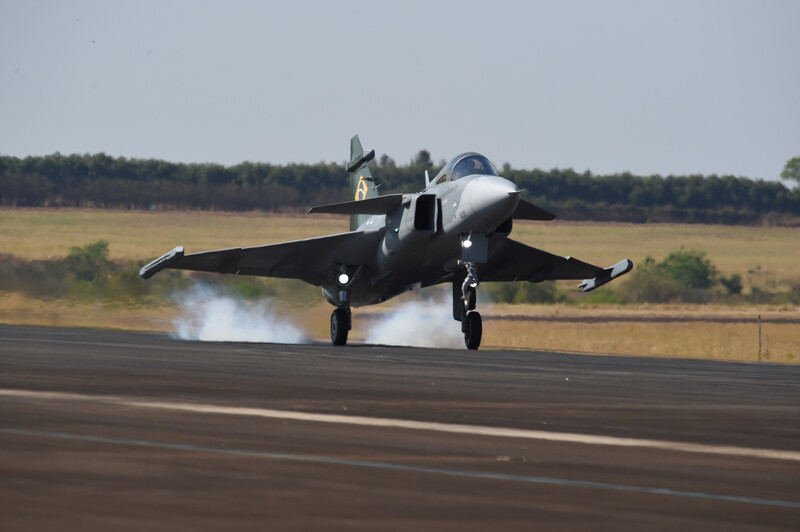Saab receives Gripen order from Hungary
SAAB AB (Stockholm: SAABb) has today signed a contract with the Swedish Defence Materiel Administration (FMV) and received an order for four additional Gripen C fighter aircraft for Hungary. This order follows an amendment to…



